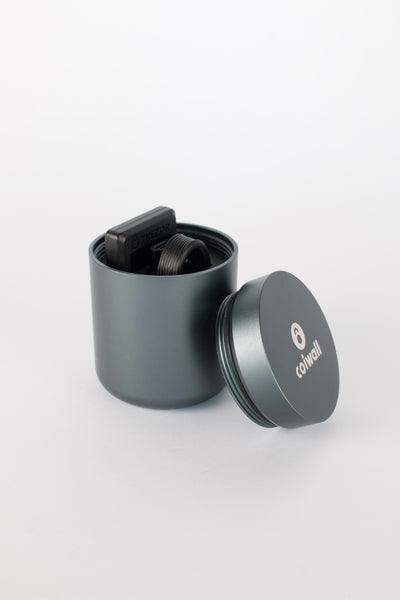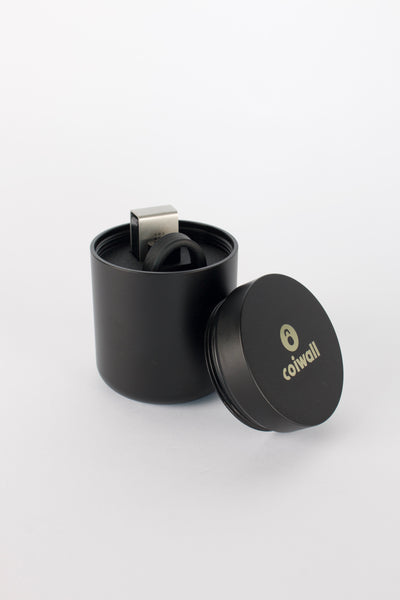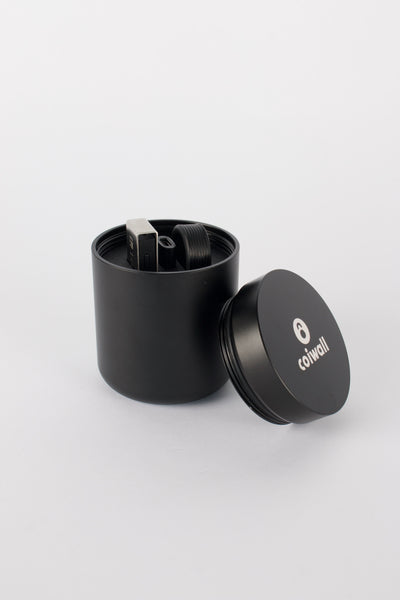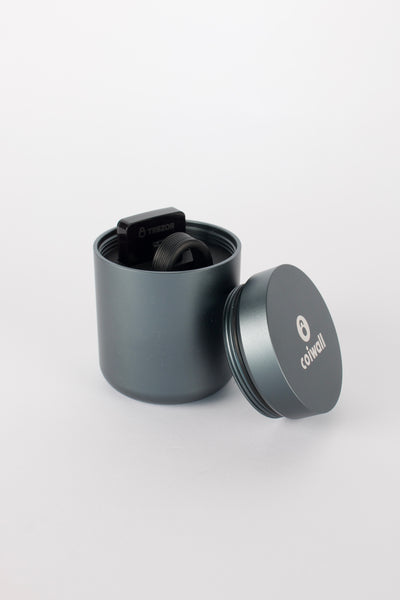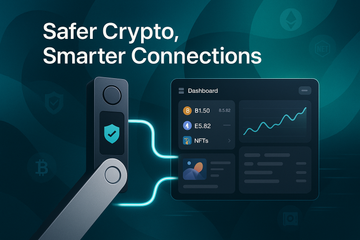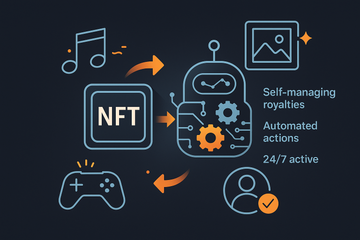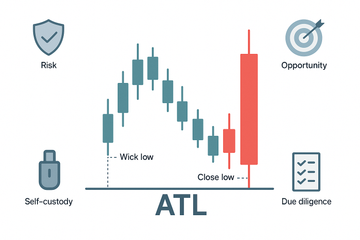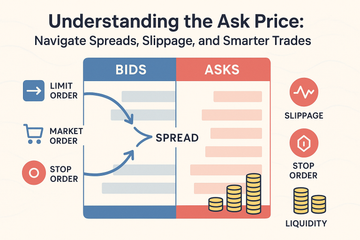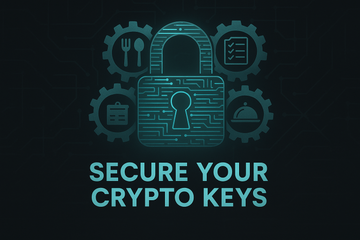Picture this: You’ve just picked up a brand new Ledger Nano S, or maybe you’re more of a Trezor fan—there’s something about holding your crypto keys in your own hands, right? But as soon as you crack open that box, maybe you’re greeted by a flood of technical gobbledygook. Cold storage, hot wallets, passphrases, integrations... it can feel like learning to ride a bike all over again, except the stakes are your hard-earned Bitcoin, Ethereum, or maybe even some of that quirky Dogecoin you grabbed on a hunch last year.
The Basic Choreography: Wallets and Software, Hand in Hand
Here’s the thing: Hardware wallets, like Ledger and Trezor, are fantastic for keeping your private keys physically separate from the wild west of the internet. But on their own, they’re sort of like an unplugged TV. You need software—think Electrum, MetaMask, or Exodus—to see what’s happening, send coins, or receive a shiny NFT.
But how do these worlds connect? Let me explain in plain English: The wallet management software serves as your dashboard, your heads-up display, your command console. It lets you see your balances and transactions, craft new ones, and—importantly—double check everything before you hit send. The hardware wallet sits quietly in the background, acting as your secret-keeper. It signs transactions internally, making sure your private keys never see the light of day (or, you know, the internet).
Why Not Just Use Software Wallets Solo?
Honestly, it’s tempting. Software wallets are quick, easy, and right there on your phone or laptop. But there’s a catch (there always is): they're only as good as your computer’s security. Malware, phishing attacks, keyloggers... yikes. With a hardware wallet in tow, your keys stay offline. So, even if your laptop gets hit, your coins stay safe. It’s like writing down your deepest secrets, but keeping them in a vault the size of a USB stick.
Making the Connection: A Digital Handshake
You plug in your Ledger or Trezor, fire up Electrum, MetaMask, or Exodus, and—ta-da!—they sync up. Of course, the first time, there’s some permission granting and cable plugging, occasionally a bit of technical huffing and puffing. Each application has its own flavor:
- Electrum: Lightning fast, built for Bitcoin purists. Its interface might remind you of early 2000s apps, but hey, it works. Electrum’s hardware integration is solid; you just go to set up a new wallet, choose your hardware device, and follow the prompts. No-nonsense, no fluff.
- MetaMask: Think Web3—Ethereum, DeFi, and NFTs galore. With MetaMask, connecting a hardware wallet is just a matter of a few clicks. Suddenly, your wallet management is as smooth as scrolling through memes on Instagram. But with real value on the line.
- Exodus: Designed for beauty and ease, like the Apple of crypto apps. Exodus supports several hardware wallets and gives you clear visual guides for connecting, syncing, and sending crypto without breaking a sweat.
Connecting isn’t magic, exactly, but it ticks all the right boxes. The software lets you check your balance, select coins to send, and even preview the details. When you’re ready to send, you confirm the transaction details physically on your hardware wallet (that oh-so-satisfying button press). It’s almost ritualistic—think of it as shaking hands before closing a deal.
It’s More Than a USB Stick: The Security Dance
Here’s a key point: your hardware wallet doesn’t just store keys. It’s a miniature computer. When you want to sign a transaction, the management software sends the unsigned data to your hardware device. The device crunches the numbers, signs with your private key, and sends only the signed result back. Your key? It never leaves the device. Not once. Like a stubborn secret.
Now, a quick detour—because this cuts both ways. If you ever get a prompt on your computer screen telling you to type your hardware wallet’s seed phrase into the app, run the other way! That’s classic scam territory. Real wallet management software will never ask for your recovery phrase. They’re like vigilant bartenders who know when to cut off a dodgy customer.
Not Just for Geeks Anymore: Everyday Life and Hardware Wallets
Let’s bust a myth while we’re here: you don’t need to be a cypherpunk or Reddit power user to use this tech. Modern software has made integration dead simple, and there are endless YouTube walkthroughs, step-by-step guides, and even Discord communities where folks swap tips and war stories.
And you know what? There’s a peculiar thrill every time you accept a payment or send funds this way. You’re combining two powerful tools—the outer shell of the hardware wallet, and the slick control center of your chosen app. It’s techy, sure, but also oddly satisfying; a little like swapping out your analog watch strap for something sleek and digital. The same engine, new look, and now, safer too.
Where Real Life Crashes the Party: Updates, Bugs, and Curveballs
But let’s keep it real—a seamless connection isn’t always a guarantee. New software updates, browser quirks, or unexpected firmware hiccups can play spoilsport. MetaMask, for instance, has been known to quietly tweak which versions of Ledger or Trezor it likes. And sometimes, Exodus rolls out new coins, but hardware wallet support arrives a week later. It's like waiting for your favorite app to finally arrive on Android months after the iOS crowd gets it.
So patience helps. But also: double-check those release notes! And, please, don’t be the one who skips backups or forgets their recovery phrase. It’s amazing how often that happens (ask any support forum or Telegram group—it's a common 'facepalm' moment).
Looking Ahead: The Cool Stuff on the Horizon
Now, with the rise of multi-chain ecosystems (Ethereum, Solana, Bitcoin, oh my!), wallet integration is only getting richer. Picture syncing your hardware wallet once but tracking dozens of assets—no more juggling a half-dozen passwords or secret notes. Companies like Trezor and Ledger are pushing for deeper, smoother tie-ins to every corner of crypto. Pretty soon, it might feel as easy as checking your email.
And let’s not ignore the undercurrent here: digital self-custody is more than just a nerdy hobby now. With big hacks in the news and major exchanges faltering, it’s becoming mainstream—and maybe, just maybe, that’s a good thing. There’s power in knowing your money is truly yours, not subject to some faceless middleman or glitchy cloud server.
A Final Thought for the Cautiously Curious
If you’re new to hardware wallets, it’s natural to feel a little apprehensive. That first transaction can feel like sending a message in a bottle and hoping it lands on the right beach. But with the smart handshake between your wallet and your favorite management app, the process is smoother—and safer—than ever before.
So here’s my two satoshis: whether you’re stacking sats, chasing NFT dragons, or just hodling for the long haul, this two-step dance between hardware and software is your best ally. Check your cables, read those prompts, and press those buttons with confidence. After all, isn’t peace of mind in crypto the ultimate flex?

